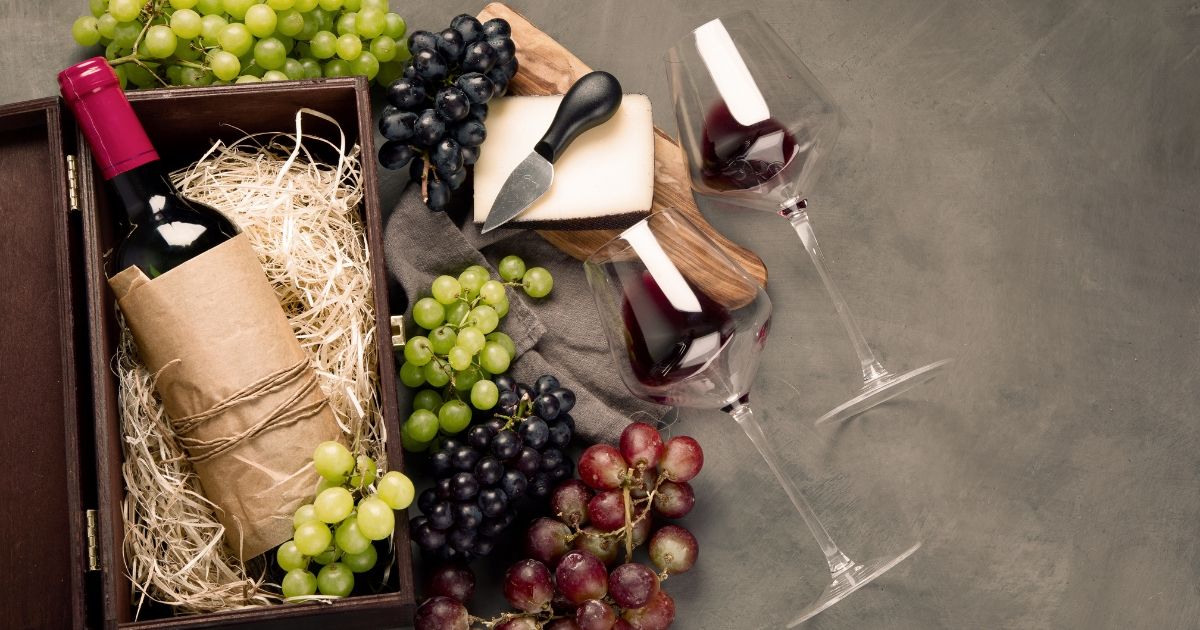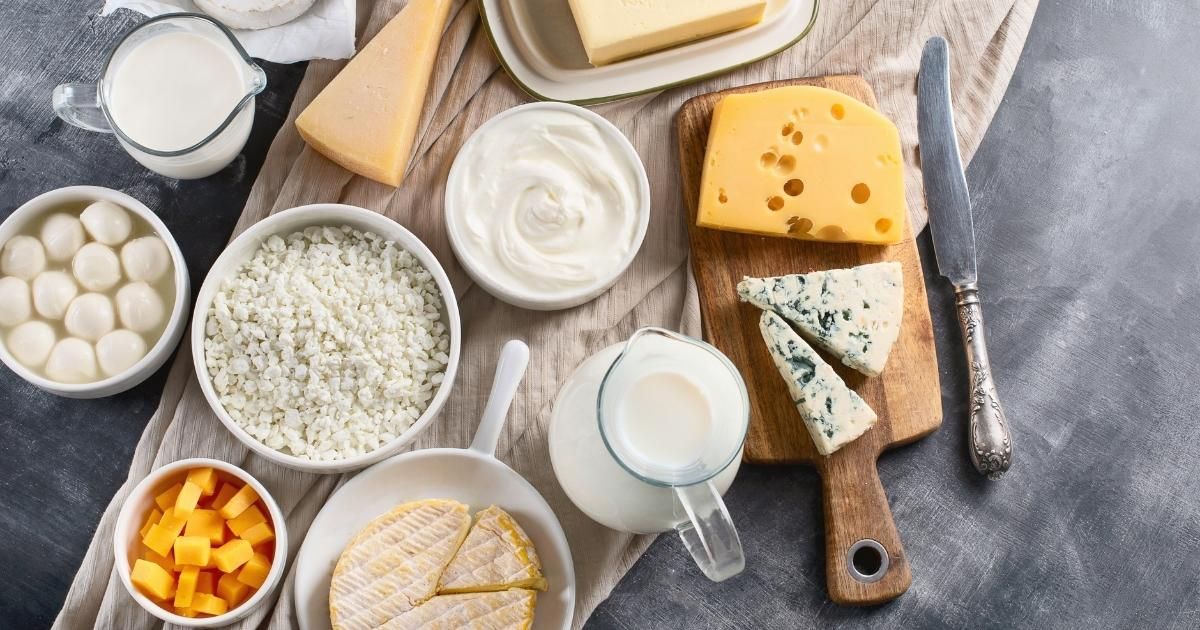Unraveling the Art of Wine Selection: A Comprehensive Guide
Learn 'How To Choose Perfect Wine?' for any occasion with our comprehensive guide. Explore different types of wines, understand wine labels, and discover how to trust your palate.
Choosing the perfect wine can seem like a daunting task, especially with the myriad of options available. However, with a little knowledge and understanding, you can easily navigate the world of wines and make an informed choice that suits your palate and occasion.
How To Choose A Good Wine?
Wine, the nectar of the gods, has been a part of human civilization for thousands of years. It's a complex beverage, with a vast array of flavors, aromas, and styles. Choosing a good wine can seem daunting, but with a bit of knowledge and a few tips, you can easily select a bottle that will impress your guests and satisfy your palate. Here's how to choose good wine.
Whether you're a novice wine drinker or a seasoned connoisseur, the process of choosing wine involves more than just picking a bottle off the shelf. It's an art that requires understanding the different types of wines, their origins, the occasion, and most importantly, your taste preferences. This comprehensive guide aims to demystify the process and equip you with the knowledge to choose the perfect wine every time.
1. Understanding Different Types of Wines
Before you can choose a good wine, it's important to understand some basic wine terminology. Wine is categorized by its grape variety (such as Cabernet Sauvignon, Merlot, or Chardonnay), its region (like Bordeaux, Napa, or Tuscany), and its style (red, white, rosé, or sparkling).
Red wines are made from dark-colored grapes and can range from light-bodied to full-bodied, with flavors ranging from fruity to earthy. White wines are typically made from green or yellow grapes and can vary from crisp and light to rich and buttery. Rosé wines are made from red grapes but have limited contact with the grape skins, resulting in a pink or blush color and a refreshing taste. Sparkling wines, such as Champagne or Prosecco, are known for their bubbly nature and are perfect for celebrations. Additionally, fortified wines like Port or Sherry have a higher alcohol content and often offer a sweeter flavor profile.
2. Reading The Wine Label
A wine label provides crucial information about the wine, including the producer, region of origin, vintage (year of harvest), and type of grape (varietal). Understanding these elements can give you a good idea of the wine's quality and flavor profile.
The wine label contains valuable information that can help you make an informed choice. Pay attention to the grape variety or blend mentioned on the label, as it gives insight into the wine's flavor profile. The region where the wine is produced can also provide hints about its style and characteristics. The vintage year indicates the year the grapes were harvested, which can affect the wine's taste and quality. Look for additional details such as the winery or vineyard name, alcohol content, and any specific terms or certifications mentioned on the label.
3. Consider The Occasion
The occasion plays a significant role in your wine selection. Lighter wines go well with delicate flavors, while bold wines can stand up to richer, more robust dishes. For celebrations, sparkling wines are a popular choice. If you're looking for a casual and easy-drinking option, consider wines that are versatile and approachable.
For a casual gathering, you might opt for a light and refreshing white or rosé. For a formal dinner, a sophisticated red like a Pinot Noir or a classic Chardonnay might be more appropriate.
4. Trust Your Palate
Ultimately, the best wine is one that you enjoy. Don't be swayed by price tags or fancy labels. Instead, trust your taste buds. If you prefer sweet wines, go for a Riesling or Moscato. If you enjoy more acidic wines, a Sauvignon Blanc or Pinot Grigio might be your best bet.
5. Pairing Wine with Food
Wine and food pairing is an art in itself. A general rule of thumb is to match the weight of the wine with the weight of the food. Rich, heavy dishes pair well with full-bodied wines, while light, delicate dishes go well with lighter wines.
- Red meats: Red wines like Cabernet Sauvignon, Merlot, or Syrah/Shiraz are typically good choices for red meats like beef or lamb. These wines have the body and flavor intensity to stand up to these hearty dishes.
- White meats: White meats like chicken, turkey, and pork can pair well with white wines like Chardonnay or Viognier, or lighter reds like Pinot Noir or Grenache.
- Fish and seafood: Lighter white wines like Sauvignon Blanc, Pinot Grigio, or Vermentino are often a good match for fish and seafood. For richer seafood dishes like lobster or scallops, a fuller-bodied white like Chardonnay can work well.
- Vegetarian dishes: For vegetable-based dishes, consider the dominant flavors. For example, a dish with lots of fresh green herbs might pair well with a herbaceous Sauvignon Blanc, while a roasted vegetable dish might go well with a richer white or a light red.
6. Ask for Help
Don't hesitate to ask for help when choosing a wine. Wine shop employees, sommeliers, and even online wine communities can provide valuable advice and recommendations.
Choosing wine doesn't have to be intimidating. With a basic understanding of different wine types, how to read a wine label, and an awareness of your taste preferences, you can confidently select a wine that you'll enjoy. Remember, the world of wine is vast and meant to be explored, so don't be afraid to try something new.
Types of Wines
1. Red Wines
Red wines are made from black grapes fermented with the skin on, which gives them their color. They are typically more robust and complex than white wines. Here are a few popular types:
Cabernet Sauvignon: Known as the "king of red wine grapes," Cabernet Sauvignon is full-bodied with high tannins and noticeable acidity. It's often aged in oak, which gives it flavors of vanilla, chocolate, and cedar.
Merlot: Merlot is softer and fruitier than Cabernet Sauvignon, with flavors of plums, black cherries, and herbs. It's a great choice for those new to red wine.
Pinot Noir: Pinot Noir is delicate and fresh, with high acidity and low tannins. It has flavors of red fruits like cherries, raspberries, and strawberries.
2. White Wines
White wines are made from white grapes and are generally lighter in taste. They are often consumed younger than red wines. Here are a few types of white wine:
Chardonnay: Chardonnay can range from lean and crisp to buttery and full-bodied, depending on how it's made. It often has flavors of apple, pear, and tropical fruits.
Sauvignon Blanc: Sauvignon Blanc is a dry white wine with high acidity and flavors of lime, green apple, passion fruit, and white peach.
Riesling: Riesling can be sweet or dry, with bright acidity and flavors of citrus, peach, and apricot.
3. Rosé Wines
Rosé wines are made from black grapes, but the skins are only left in contact with the juice for a short time, giving them a pink color. They are usually light and refreshing, with flavors of red fruit, flowers, citrus, and melon.
Provence Rosé: Hailing from the Provence region in France, Provence rosé is renowned for its pale pink color and delicate flavors. It often exhibits notes of red berries, citrus, and floral undertones. Some popular examples include Domaine Ott Château de Selle, Miraval, and Whispering Angel.
White Zinfandel: White Zinfandel is a well-known rosé style originating from California. It is typically off-dry to slightly sweet, with flavors of ripe strawberries, watermelon, and a refreshing acidity. Sutter Home White Zinfandel is a popular and widely available option.
Côtes de Provence Rosé: Côtes de Provence is an appellation within the Provence region that produces a wide range of rosé wines. These rosés often display a pale pink color, crisp acidity, and flavors of fresh berries, herbs, and a hint of minerality. Château Miraval and Domaine Tempier Bandol Rosé are highly regarded examples.
4. Sparkling Wines
Sparkling wines are made by undergoing a second fermentation process that traps carbon dioxide in the bottle, creating bubbles. They can be white, rosé, or red, and range from sweet to dry. The most famous sparkling wine is Champagne, which comes from the Champagne region in France.
Champagne: Champagne is a prestigious and renowned sparkling wine produced exclusively in the Champagne region of France. It undergoes a secondary fermentation in the bottle, resulting in fine bubbles and complex flavors. Well-known Champagne brands include Dom Pérignon, Moët & Chandon, Veuve Clicquot, and Krug.
Prosecco: Prosecco is an Italian sparkling wine primarily produced in the Veneto region. It is made using the Charmat method, where the secondary fermentation occurs in stainless steel tanks. Prosecco is known for its fruity and floral flavors, light body, and affordable price. Popular Prosecco brands include Mionetto, La Marca, and Zonin.
Cava: Cava is a sparkling wine produced mainly in the Catalonia region of Spain. It is made using the traditional method, similar to Champagne, but with indigenous grape varieties such as Macabeo, Xarel·lo, and Parellada. Cava offers a range of styles, from dry to sweeter variations. Renowned Cava producers include Freixenet, Codorníu, and Segura Viudas.
Remember, the best way to learn about different types of wines is to taste them. Don't be afraid to try new varieties and styles to find what you enjoy most.
By understanding different types of wines, reading wine labels, considering the occasion, and trusting your palate, you'll be better equipped to select wines that suit your preferences and enhance your overall wine experience. Enjoy the journey of exploring the vast and diverse world of wines!
Red Wine Sauce
A sauce with a flavor that will make any meal out of the ordinary, Red Wine Gravy! This delicious sauce, which you can use in many recipes from meat dishes...
White Sangria
Sangria is a fruit and wine based beverage. This Spanish classic pairs perfectly with tapas and Mexican food. Traditionally made with red wine, this special...
Aperol Spritz
Experience the authentic taste of Italy with our Aperol Spritz recipe. This popular aperitif cocktail, beloved in Italy, especially in the northern cities...
Sangria
Sangria is a type of alcoholic wine that is renowned in Portugal and Spain, and is also consumed in Uruguay and Argentina. This is a kind of cocktail that...
Peach Bellini
One of the best feelings in the world is having a nice brunch on a beautiful day. What makes it even better is when you add a cool, refreshing beverage...


































